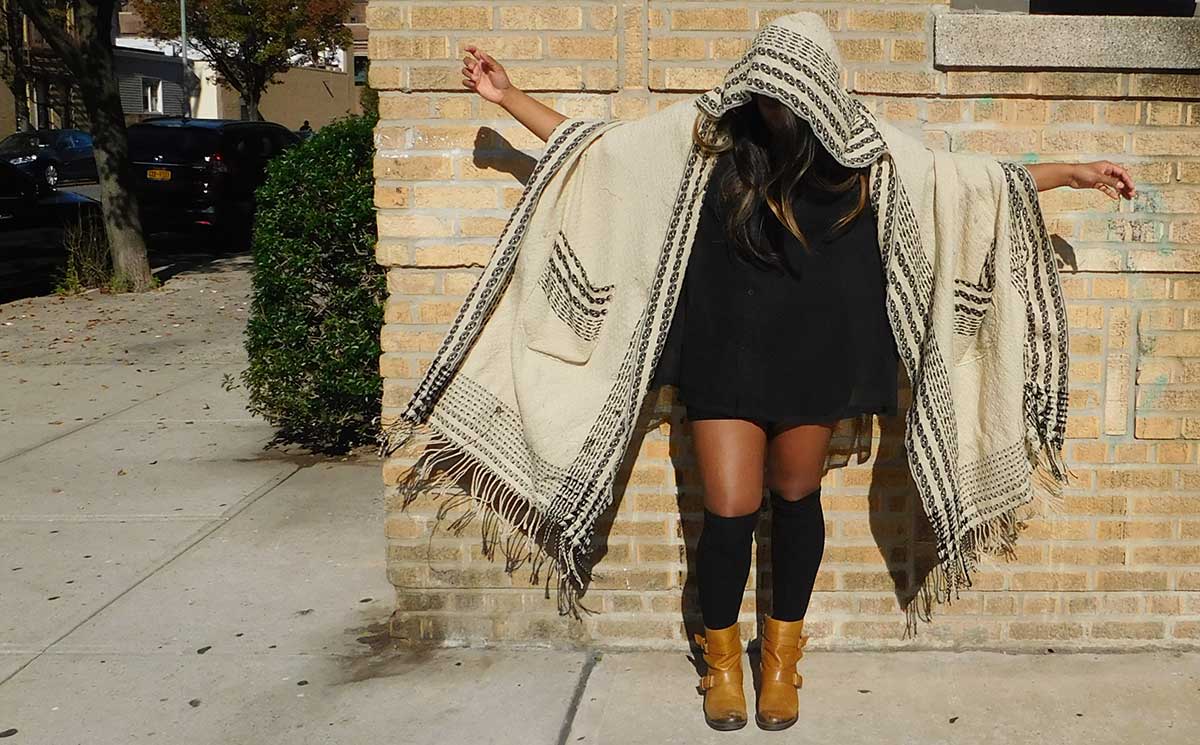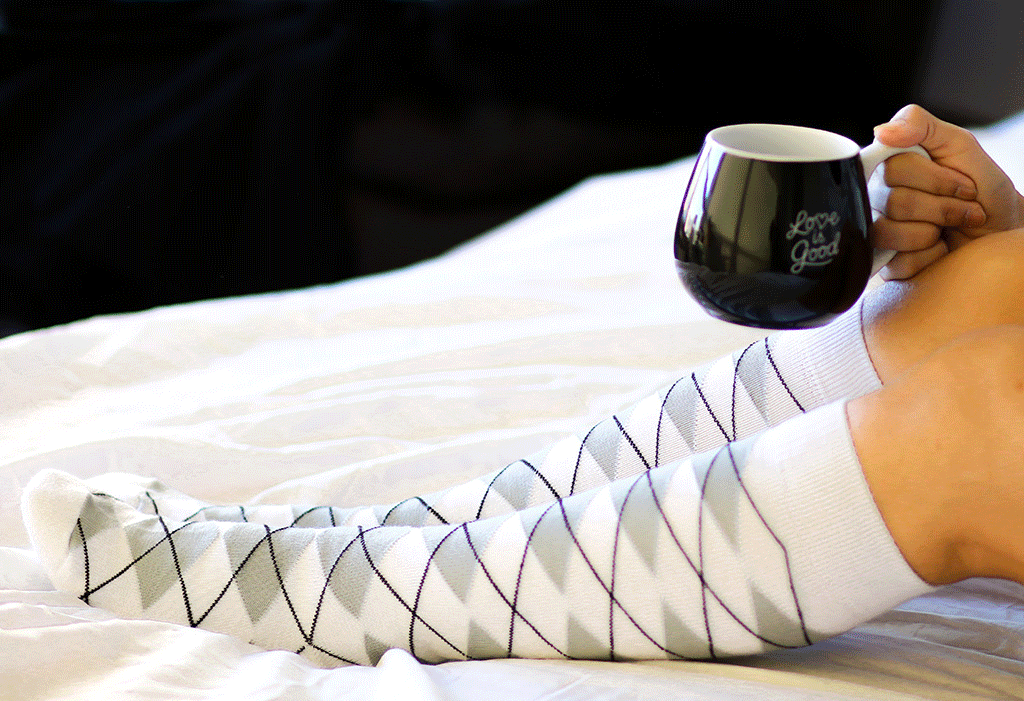Why Your Feet Are Freezing and How the Right Socks Can Help
The Science of Warm Feet: Why Quality Socks Are a Must-Have
Are you among the 30% of people who regularly experience cold feet during the winter months? If so, you're not alone, and there's a scientific explanation for why, despite bundling up, your feet still feel like icy blocks. The humble sock, a garment that has evolved over millennia from animal skins tied around the ankles, plays an essential role in this phenomenon. Let's get into the science behind warm feet, exploring how circulation, insulation, and material choices contribute to keeping your toes toasty and comfortable all winter long.
The Circulation Factor
Your feet, being the furthest point from your heart, are naturally more susceptible to reduced blood flow, especially in cold temperatures. When your body senses cold, it tries to maintain your core temperature by restricting blood flow to the extremities. This is why your fingers and toes are often the first to feel the chill.

The Importance of Insulation
Insulation plays a pivotal role in keeping your feet warm. Quality winter socks act as an insulating layer, trapping heat and reducing the rate at which it escapes. This is crucial for keeping your feet warm, as they are often exposed to cold air and surfaces that can rapidly draw away heat.
Material Matters
The material of the sock is key to its insulating properties. While wool is a popular choice, synthetic materials like acrylic and nylon, or even natural fibers like cotton, can also offer significant heat retention and moisture-wicking capabilities. Specialized materials can also add durability and stretch, ensuring your socks don't just keep you warm but also last longer.
The Role of Material in Heat Retention
Unlike traditional winter sock recommendations that focus on wool, Chrissy's offers a fur-free approach.
- Cotton: Known for its natural breathability, cotton keeps your feet comfortable by allowing air circulation. It also has moisture-absorbing properties, making sure your feet stay dry.
- Acrylic: This synthetic fiber is known for its warmth and moisture-wicking capabilities. Acrylic draws sweat away from your skin, ensuring your feet remain dry and comfortable.
- Nylon: Adds durability to the socks, making them long-lasting even with frequent use.
- Elastic: Provides the necessary stretch and fit, ensuring your socks stay up whether they are knee-highs, or thigh-highs.
How Design Enhances Comfort: The Versatility of Tube Style and Defined Features
When it comes to winter socks, design elements can make a significant difference in both comfort and utility. A tube-style design is particularly versatile, accommodating a wide range of foot sizes for an inclusive approach to winter comfort.
For those who prefer a more tailored fit, some sock styles come with a defined heel and toe. This design aligns with the natural contours of your feet, offering an additional layer of comfort and fit. Select designs even include a cushioned foot, a feature that adds an extra degree of insulation and softness—ideal for long durations in cold settings.
Construction Matters: The Benefits of Flat Knit and Knit-In Elements
-
Flat Knit: This method of construction offers a smooth, snug fit, making these socks compatible with various types of footwear. These thin solid colored socks are flat knit with a light weight construction while these thick solids are a heavier weight ideal for boot socks.

-
Knit-In Elements: Integrated directly into the fabric, these elements allow for additional features like arch support or intricate design patterns, all without sacrificing comfort. A good exampls of a knit-in pattern is the argyle socks.

The design flexibility extends to the sock's height as well. Whether you're a fan of knee-highs or thigh-highs, these styles provide not only a dash of fashion but also an additional layer of warmth, making them highly effective against the winter cold.
Making the Most of Your Winter Socks
Matching the right socks with your footwear is essential. For outdoor activities, consider pairing your socks with insulated boots. If you prefer a stylish winter boot, layer your socks for extra warmth. The key is to maintain a snug fit that allows proper blood circulation.
When the temperature drops to arctic levels, layering your socks can provide an extra layer of warmth. Start with a thin moisture-wicking sock as your base layer, followed by a thicker insulating sock. Remember, layering helps to trap heat and keep your feet cozy!
When to replace your socks? While socks are durable, they won't last forever. Keep an eye out for signs of wear and tear, such as thinning fabric or stretched-out elastic. If your socks don't provide the same level of warmth they used to, it's time to bid them farewell and invest in a new pair.


